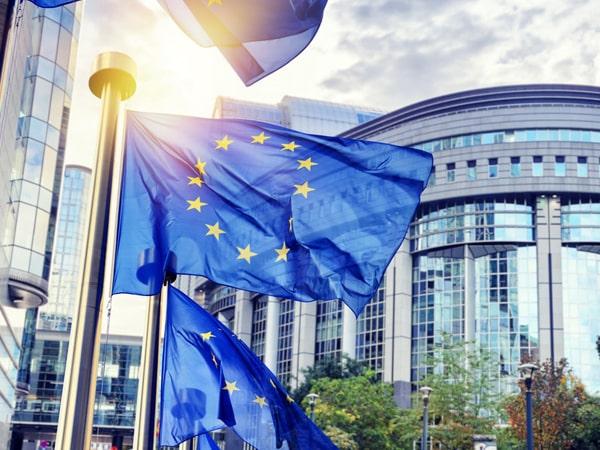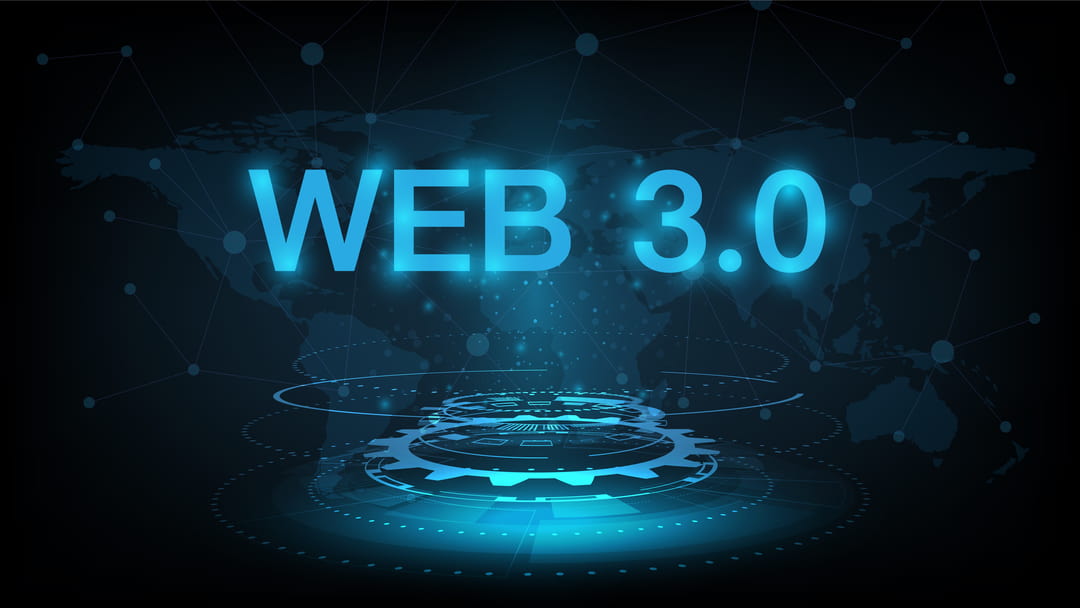The video-game sector is projected to generate approximately $236 billion in global revenue during 2025, which is more than the combined turnover of both the cinema industry and recorded music. However, the industry’s profitability continues to be undermined by systemic intellectual property risks. Piracy and cloning remain persistent threats. Recent studies suggest that when a title’s copy-protection is breached during its launch window, studios lose about 19–20 percent of their expected sales.
As such, intellectual property is no longer a post-launch formality; it is an integral component of financing, a prerequisite for global distribution, and the foundation on which long-term franchise growth depends. Investors and distributors increasingly demand clear evidence of ownership before committing capital or providing platform access. A structured intellectual property (IP) strategy, covering copyright, trademarks, patentable mechanics, trade secrets, and compliance policies, serves two key purposes: safeguarding revenue streams and strengthening the commercial profile presented to both distributors and investors.
Below is the breakdown of the building blocks of a typical modern video game title to help you understand why and how intellectual property reinforces game development.
Core Video Game IP Components
When you look at modern games, you are not just seeing a single product. Rather, you see a mosaic of software, art, audio, and narrative into a final product, each layer governed by distinct intellectual property rights. You might wonder, why should video game developers care about IP? For a studio, understanding and registering these rights from day one is key to avoiding future legal risks and protecting its work. Let’s delve into the specific types of intellectual property that are crucial in the video game industry:
1. Copyright
What is a copyright? It’s a legal right that protects the original creative expression of a work. In video games, this includes a wide range of elements, from the source code and concept art to the animation, musical score, voice acting, and cinematics. Copyright protection arises automatically under the Berne Convention, but formal registration in jurisdictions where such is possible provides significant advantages: statutory damages, faster DMCA takedowns, and clear proof of ownership.
A well-known example is World of Warcraft, where Blizzard has consistently defended its copyright through actions against unauthorised “private servers.” These servers copied WoW’s code and assets to provide free or altered gameplay, directly competing with the official version. Another example is found in the Scapegaming case (U.S., 2010), where a server operator was ordered to pay Blizzard over $88 million in damages for copyright infringement and breach of contract. Similarly, the popular Nostalrius server in France was shut down in 2016 after a cease-and-desist, which later influenced Blizzard’s launch of World of Warcraft Classic.
These cases illustrate how copyright registration, combined with clear contractual terms in end-user agreements, enables studios to both enforce their rights and transform enforcement into a commercial opportunity.
2. Trademarks
A trademark is a symbol, slogan, or name that identifies and distinguishes a product or service from others. In the gaming industry, trademarks safeguard a game’s title, logo, studio name, characters, and slogans. They are crucial for building brand recognition and customer loyalty.
If you’re planning on distributing your game globally, early registration in the European Union, the United Kingdom, the United States, and China is critical, as these are the largest and most commercially significant jurisdictions. Registration in these territories allows studios to block infringing app store listings, secure domain names, and present a clean ownership record to investors and distributors. Broader portfolios can be scaled through centralised filings, such as the Madrid Protocol for access to 130+ jurisdictions.
One famous trademark case involved Nintendo’s action against the Tokyo-based go-kart rental company MariCar. The business allowed tourists to drive karts on public roads dressed in costumes resembling Mario Kart characters, using the name “MariCar” to promote itself as a real-life version of the game. Nintendo argued that this misled consumers into believing the activity was affiliated with or licensed by the company.
In 2018, the Tokyo District Court ruled in Nintendo’s favour, prohibiting the use of the “MariCar” brand and awarding damages. On appeal in 2020, the Tokyo High Court increased damages to 50 million yen (about $450,000), confirming that MariCar unlawfully exploited Nintendo’s trademark and goodwill. The company has since rebranded as “Street Kart” and now explicitly disclaims any association with Nintendo. This case illustrates how trademarks secure not only in-game titles and logos but also protect brand recognition in broader cultural and commercial contexts.
3. Patents
Although less common in game development, patents protect functional and technical innovations that go beyond artistic expression. The most prominent examples include matchmaking systems, rendering engines, anti-cheat technology, and novel gameplay mechanics. Once granted, patents provide exclusive rights for decades and can create strategic leverage in licensing and negotiations. They also significantly increase company valuation by demonstrating a high level of innovation.
A leading patent example in gaming is Warner Bros.’ protection of the Nemesis System patent introduced in Middle-earth: Shadow of Mordor and Middle-earth: Shadow of War. This mechanic generated unique enemy characters who remembered past encounters, creating personalised rivalries that shaped gameplay. Warner Bros. secured a U.S. patent in 2021, covering features such as hierarchical NPC generation and dynamic vendetta tracking.
What is the key effect of a parent of a vide game innovation like in the example above? The answer is that competitors cannot implement a comparable system without Warner Bros.’ permission, giving the company a lasting competitive edge. While some critics argue that such patents risk limiting innovation, the case illustrates how patent protection can transform a gameplay innovation into a valuable long-term commercial asset, raising studio valuation and strengthening licensing power.
4. Trade Secrets
Certain elements of a game are best protected as trade secrets: backend logic, server architecture, monetization algorithms, proprietary testing methods, or development pipelines. Unlike registered rights, protection does not depend on filings but on active measures to preserve secrecy. NDAs, access controls, and internal compliance policies are essential. As long as confidentiality is maintained, trade secrets can be protected indefinitely.
A strong trade secret example comes from Epic Games and Fortnite. In 2018, a quality assurance tester from Epic Games leaked confidential details about the upcoming Fortnite Season 4 before its official release.
Epic sued, arguing that the tester had signed a non-disclosure agreement (NDA) and that the leak disclosed valuable trade secrets, including unreleased content, features, and marketing plans. The case illustrates how unreleased gameplay elements, server architecture, and development pipelines are treated as trade secrets, with enforceability depending on contracts and security measures rather than registrations.
For Epic, the suit was not only about one employee’s breach but also about deterring leaks that could undermine launch impact and reduce revenue. This shows how trade secrets, if backed by NDAs and internal compliance, can provide indefinite protection for some of the most commercially sensitive aspects of game development.
5. Agreements
Lastly, contracts are the legal backbone of IP consolidation. Work-for-hire clauses and IP assignments ensure that assets created by employees, contractors, or external studios belong to the developing company, while licensing agreements define how third parties may use assets and set commercial terms. NDAs protect confidential information during collaborations. Without clear agreements, studios risk disputes over authorship, royalties, or re-use of creative assets, which can delay launches or deter investors.
A well-known case underscoring the importance of agreements is the split between Bungie and Activision over the Destiny franchise. Their 2010 publishing deal gave Activision distribution rights but, unusually, allowed Bungie to retain ownership of the underlying IP.
When the partnership ended early in 2019, Bungie was able to walk away with full control of Destiny, and Activision relinquished all publishing rights. The outcome highlights how carefully drafted agreements can determine whether a studio can continue to exploit its creations after a major partnership ends. By retaining its intellectual property through contractual clauses, Bungie safeguarded its long-term creative and commercial autonomy. However, those rights only matter if the games survive the real world. The real test will come at launch, when piracy and clones of the video game appear.
Risks and Enforcement

So, once the game is out and sales are booming, what could possibly go wrong? The commercial success of a video game hinges not only on its creative quality but also on the studio’s ability to enforce its rights and defend it from various threats in the future. The major challenges often arise in the weeks following a launch, when the game’s visibility makes it most vulnerable to piracy, trademark infringement, and unauthorized use of the IP.
Launch Threats to Game IP
First of all, unauthorised copies and near-identical clones can be deployed to platforms within days, diverting players away from the official release. For mobile titles, where price is especially sensitive, even a small percentage of these diverted downloads can result in millions of dollars in lost revenue.
Beyond clones, distribution can be further compromised by fraudulent practices, such as key reselling and region hopping. Fraudsters exploit price differences between jurisdictions, often selling stolen or illegitimately obtained keys. These practices not only distort the studio’s pricing model but also weaken contractual arrangements with distributors.
At the same time, developers must contend with trademark squatters, particularly in first-to-file jurisdictions like China and South Korea, where an opportunistic filing can delay or block entry into some markets.
Building a Strong IP Defense
The growing ecosystem of content streaming introduces yet another layer of complexity. While community engagement through “let’s play” livestreams and videos can significantly boost a title’s visibility, unlicensed monetisation of gameplay through advertising, sponsorship, or merchandise crosses the boundary into commercial exploitation. Studios without clear policies often find themselves unable to distinguish legitimate fan activity from actual infringement.
Against this backdrop, a coordinated enforcement strategy is indispensable. Registered copyrights and trademarks are not just legal formalities. Rather, they are tools that accelerate takedowns on platforms such as Steam, YouTube, and the App Store, and provide the evidentiary basis for cease-and-desist actions or litigation. Direct relationships with marketplaces and asset platforms allow for faster removal of infringing content, while documented chains of ownership deter disputes over authorship and royalties. In practice, investors and distributors now view a studio’s enforcement capacity as a proxy for business maturity.
An effective IP strategy must, therefore, anticipate these threats and enable developers not only to preserve revenue but also to demonstrate credibility to partners and financiers. How to do this? This requires a three-pronged approach:
- Registering early;
- Monitoring proactively;
- Adopting clear contractual and community policies.
The ability to act quickly is often the difference between a short-lived hit and a sustainable franchise for long years. Ultimately, defending intellectual property also depends on where the defense takes place. For example, the strategy that would be optimal and available in the U.S. differs greatly from those in jurisdictions like the European Union or China.
Jurisdictional Nuances
While piracy and cloning are global phenomena, the tools available to address them vary significantly by jurisdiction:
1. The United States
In the United States, copyright registration is not a prerequisite for protection but is essential to unlock statutory damages and to expedite takedowns under the Digital Millennium Copyright Act. This procedural advantage explains why many non-U.S. developers still register their works with the Library of Congress before launch.
2. The European Union
The European Union approaches games as composite works, protecting them under copyright but requiring separate trademark and design filings on a national or EU-wide basis. Registration of trademarks through the EU Intellectual Property Office offers efficient coverage across all member states, yet enforcement often requires coordination with local courts and customs authorities. However, there is no central copyright registration system.
3. China
China remains a huge market and also one of the most challenging. As a strict first-to-file jurisdiction, trademark rights are granted to whoever files first, regardless of prior use. For studios, this creates a strong incentive to secure registrations before any public reveal, since opportunistic filings can block distribution on app stores or even customs clearance for physical merchandise. South Korea presents similar challenges, though its courts have developed a more balanced approach to disputes involving bad-faith applicants.
4. The United Kingdom
The United Kingdom, following its departure from the EU, requires separate national filings. For many game developers, this has become a standard step in parallel with U.S. and EU registrations, as the UK remains a major consumer and publishing hub.
Taken together, these jurisdictional differences illustrate why a one-size-fits-all approach to IP protection is inadequate. A studio preparing a global release must prioritise filings in the largest commercial markets, while also tailoring enforcement tactics to the procedural realities of each territory.
These jurisdictional differences explain why studios cannot just file everything everywhere. However, filings are not only defensive; they are commercial assets for those companies as well.
Strategic Value of IP

What do investors, publishers, and acquirers really see when they look at a game studio? For a studio itself, intellectual property is far more than a legal shield; it is a core commercial asset that directly shapes financing, licensing, and eventual sale opportunities. Publishers and investors, in turn, treat the studio’s IP portfolios as a proxy for its corporate maturity. A studio that can demonstrate clear ownership of its code, art, music, and brand enters negotiations with leverage.
Recent trends also prove this point. In 2023, for instance, nearly half of the top-grossing mobile titles in the U.S. relied on licensed or third-party intellectual property, generating more than $16 billion in in-app purchases. This demonstrates how brand recognition, secured through trademarks and licensing contracts, directly drives revenue. Conversely, missing or fragmented registrations can block access to platforms altogether.
So, what about strategic innovation? For larger studios, patents and trade secrets contribute to strategic positioning. Take Warner Bros.’ patenting of the “Nemesis System.” It didn’t just protect a gameplay mechanic, but signalled to competitors, investors, and acquirers that the company controlled a unique, exclusive feature.
This commercial dimension extends to mergers and acquisitions. Acquirers carefully review any title of ownership to ensure that all assets are duly assigned to the studio. Any gaps in this documentation can delay closings or reduce the purchase price. By contrast, a clean portfolio of registered and enforceable rights accelerates due diligence processes and often results in higher valuations.
In short, IP should not be a post-release afterthought. It is incredibly important for funding rounds, a prerequisite for global distribution agreements, and the foundation for any future expansions into movies, merchandise, and streaming. Studios that treat IP strategically, starting from pre-production onward, not only protect their games but also position themselves as credible, scalable businesses in the eyes of the market.
Conclusion
Ultimately, is protecting your game a cost of doing business, or is it the launchpad for its future growth? The evolution of the video-game industry has made intellectual property a defining factor in whether a studio grows or declines. Piracy, cloning, and opportunistic filings continue to steal companies’ revenue, while investors and distributors demand proof of asset ownership before providing capital or granting access to their platforms. At the same time, the legal environment is fragmented across jurisdictions.
To combat threats and thrive in this new reality, studios must embrace a simple principle: intellectual property is a strategic asset, not a defensive afterthought. From Blizzard to Nintendo to Bungie, the studios that enforced their rights demonstrate that IP is not just protection, but the engine of long-term survival.
By combining timely registrations, clear contractual frameworks, and active enforcement, studios can safeguard revenue, unlock financing opportunities, and position themselves for global expansion. IP strategy is therefore not just about protecting a game, but also about defining the future of the business behind it.










